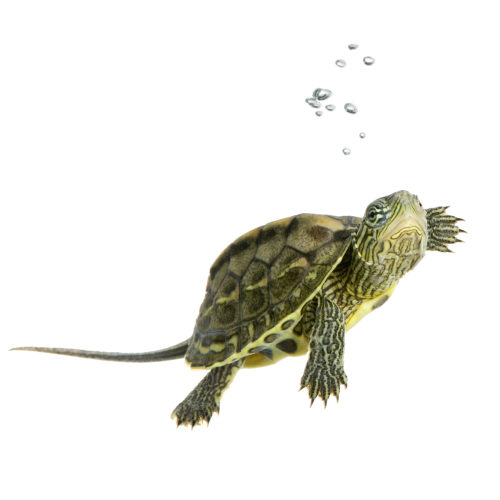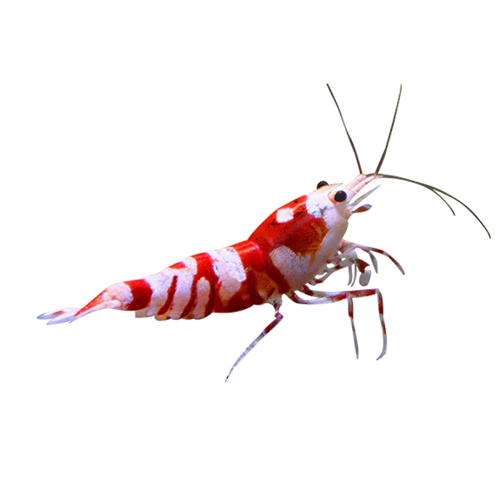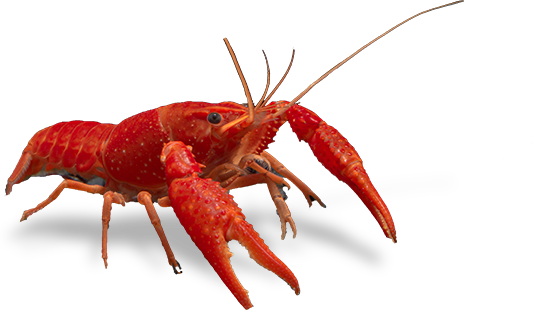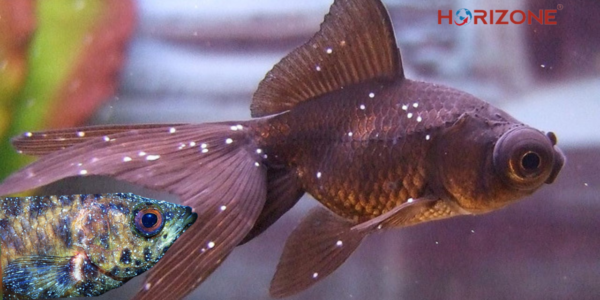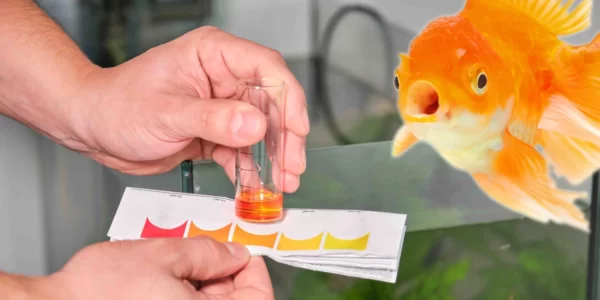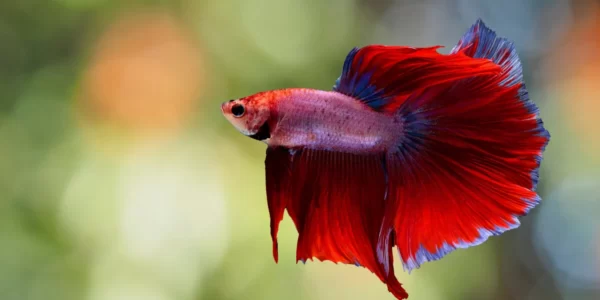Anchor worms are one of the scariest nightmares for aquarium hobbyists. These tiny worm-like structures are not really worms. Lernaea cyprinacea is a species of parasitic crustacean belonging to the family Lernaeidae. That is, they belong to the group of crabs, shrimp and lobsters.
they are called worms because the reproductive organs of female worms hang down making them look like worms. They affect the fish by burying into it and feeding off it.
Parasitic forms
Females are parasitic. This crustacean copepod parasite embeds into the fish’s skin and has a worm-like tail that sticks out of the skin. The head of the parasite is under the fish’s skin and has an anchor-like appendage that holds it in the skin. once male mates with a female, she attaches to a fish to mature into a reproductively-active adult.
After mating the male worm will die. Juvenile anchor worms will be free-swimming in your aquarium but do not affect the fish.
This Larnaea genus copepod parasite infects more freshwater fishes, mostly goldfish and koi, common carp etc. Lernaea has also been reported to infest amphibians.
Life cycle
Since Larnaea is a crustacean copepod included in the category of shrimp, lobster, crab etc these are also having multiple life stages.
Although organisms belonging to this group have complex life cycles, they do not need to pass through an intermediate host, rather they can directly spread from one host (fish or amphibian) to another one. The life cycle averages 18-25 days only. And only one host is enough for them to develop from egg to mature adult.
After a male mate with the female parasite, the male immediately dies and the female attaches to the fish in a different site using an anchor present in their head region and permanently embed into the body of the host. Within 24 hours of time, the female will begin to release an egg from a pair of sacs in the lower end of the worm.
The released egg can hatch within 24-26 hours.

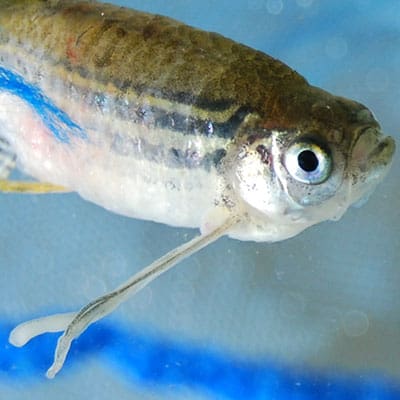
These females are very prolific, they can produce batches of about 250 nauplii every two weeks for up to 16 weeks at optimal conditions are available.
Newly hatched nauplii are free-living causing no harm to the fish. They start to infect only by reaching their copepoid stage.
In the first copepod stage, they start to attach to the host, most commonly in the gills.
They have five different copepod stages which take about 7 days to complete, in their last copepod stage the male detaches but the female will continue to infect the hosts. Detached adult males will die within 24 hours after mating with females.
This entire life cycle needs about 18-25 days to complete.
Infections and infestations
Common sites of infection: skin, fins, gills and oral cavity
You will see the female reproductive structures that resemble short white worms sticking out from behind scales. Anchor worms can also be found in the oral cavity of your fish. It will give the fish’s mouth a “baleen” appearance. Intense focal inflammation and haemorrhage can occur at the attachment site, making the area appear red and ulcerated.
These copepod parasites attack the gills of small fishes and make it difficult for the fish to breathe, this often becomes fatal in the case of small fishes.
Bacteria and fungi can infect the site of the anchor worm attachment, causing red lesions on the fish’s skin.

Diagnosis
Most of the time these are diagnosed by the naked eye. The adult female—appears as a small, thin “thread” or “hair” approximately 25 mm long is easily visible.
The microscopically tubular body has an anchor on the anterior end and paired egg sacs on the posterior end. The use of a microscope to examine wet mounts of affected areas (skin, gill, oral cavity, fins) will be necessary to confirm the presence of this parasite.
Treatment
Individual lernaeids can be removed from the affected fish using forceps. However, the removal is not always complete; sometimes the anchor portion remains embedded. The forceps method is impractical on a large scale.
Here Horizone family introducing you to one of the best and ultimate solutions for anchor worm infections which is able to provide you 100% cure for this nightmare-Hales.
HALES anchor worm is highly effective for treating aquatic parasites like
anchor worms, fleas and fish lice etc… It is effective even to kill the eggs
and larvae of parasites. Buy Now!

Precautions
As the prevention of any other infections, strict maintenance of hygienic and proper conditions is one of the mainstays of fish care.
Incoming fishes should be quarantined and tested in order to avoid introducing Lernaea to a system. This is especially important with food fish species because treatment options are so limited. Before they are introduced into a system, all fish, especially high-risk species such as carp (e.g., goldfish and koi), should be visually screened for adult parasites and then monitored regularly during quarantine. If the parasite is detected, early intervention will result in the most successful outcome.

